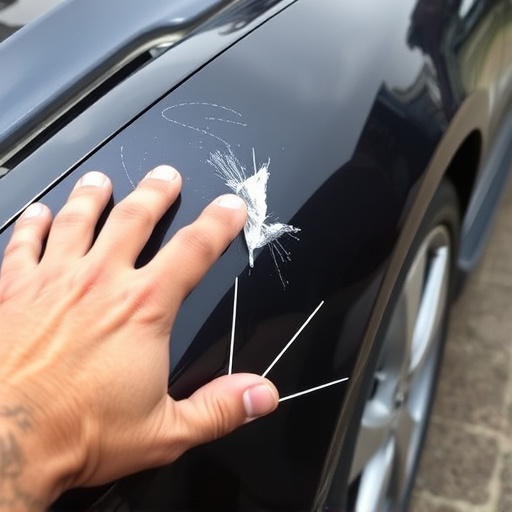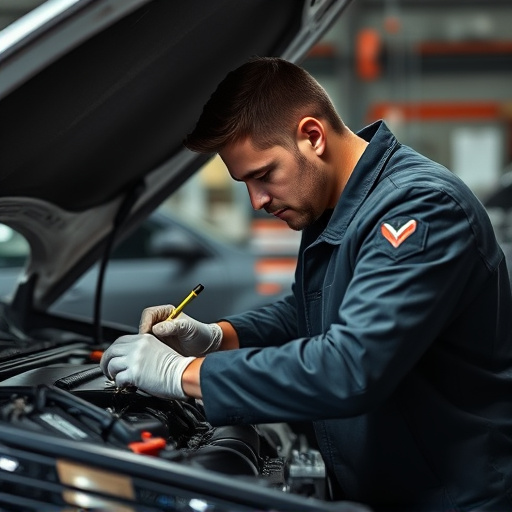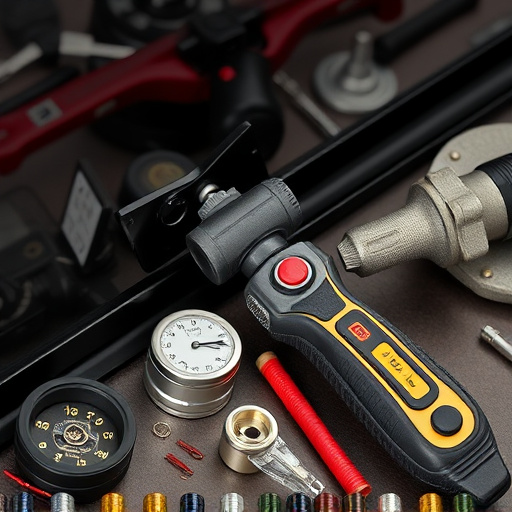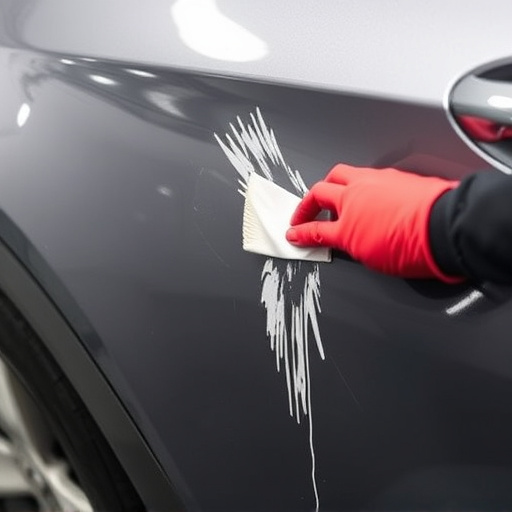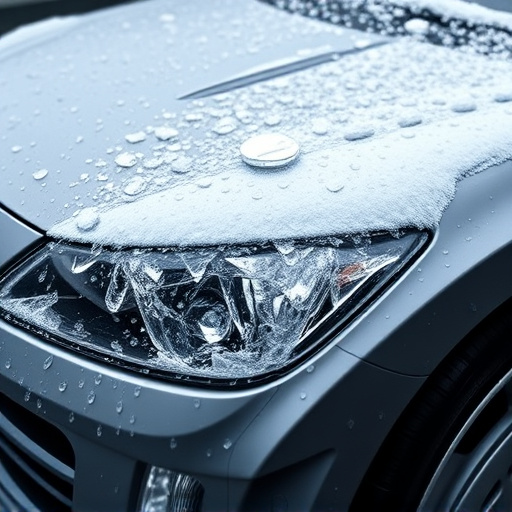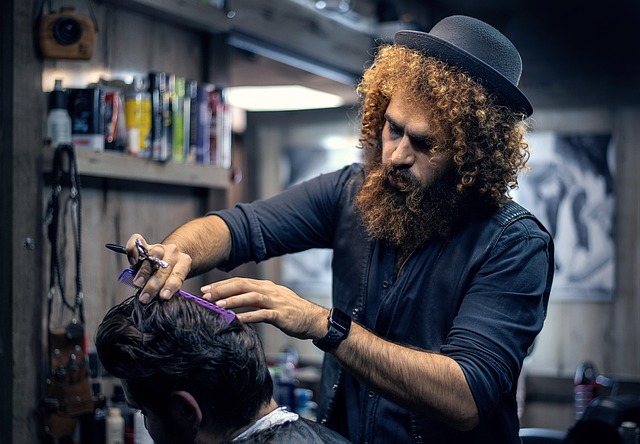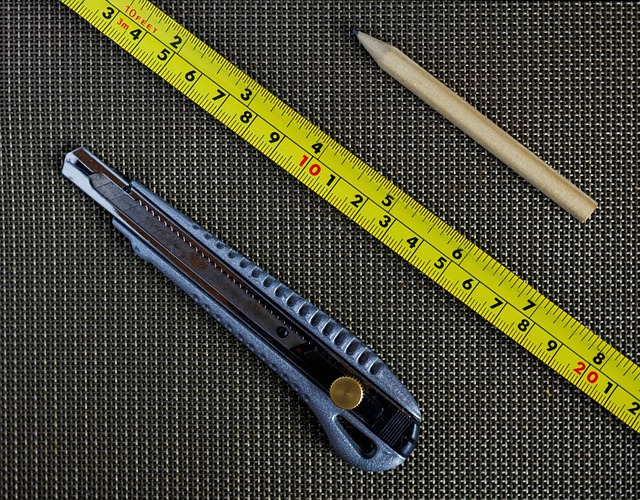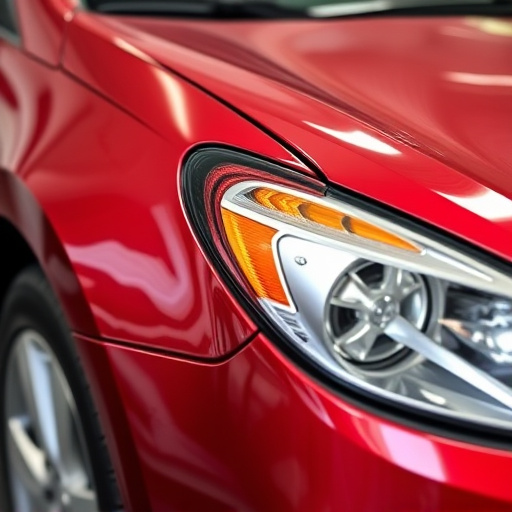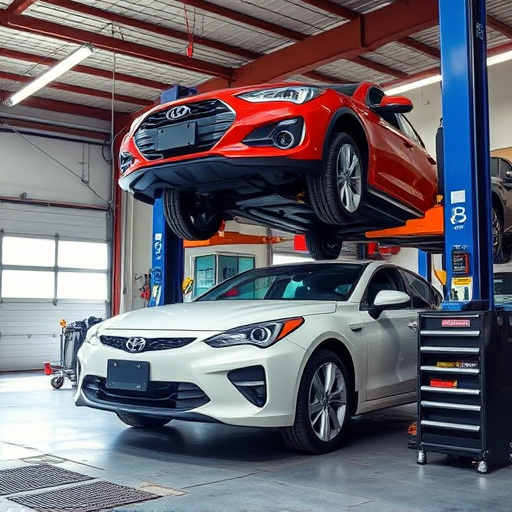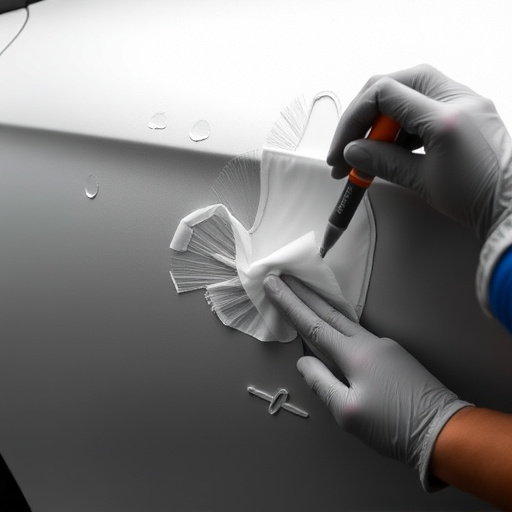Tesla vegan leather requires regular cleaning, conditioning, and protection from sunlight to maintain durability. Common issues like cracking, peeling, fading, and discolouration can be diagnosed by experts and repaired using approved products and techniques to preserve the interior's aesthetic and sustainable design.
“Tesla owners now have a greener option with their vehicle interiors thanks to vegan leather. This innovative material, however, requires proper care and specific techniques for repairs. In this article, we’ll guide you through the process of repairing your Tesla’s vegan leather using only approved products. We’ll first demystify vegan leather: its materials and care requirements. Then, we’ll identify common issues and provide a step-by-step repair guide to ensure your Tesla’s interior looks as good as new.”
- Understanding Tesla Vegan Leather: Materials & Care
- Diagnosing Common Vegan Leather Issues & Damage
- Step-by-Step Repair Guide Using Approved Products
Understanding Tesla Vegan Leather: Materials & Care
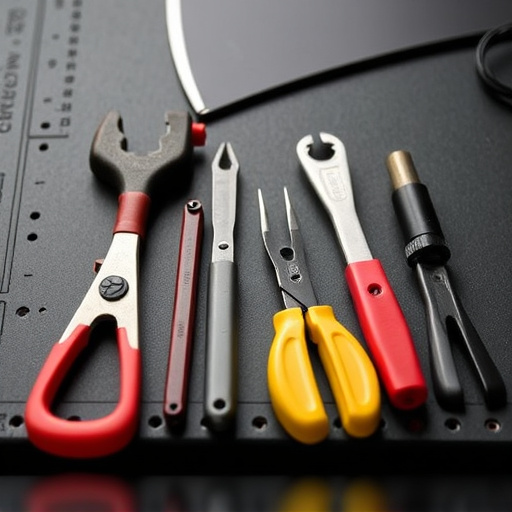
Tesla’s vegan leather is a unique and popular feature in their vehicles, known for its durability and eco-friendly composition. The material is designed to mimic the look and feel of traditional leather but without the use of animal products. This innovative approach not only reduces environmental impact but also offers a durable and low-maintenance option for car interiors. Understanding the specific care requirements for Tesla vegan leather is crucial for owners looking to preserve its quality over time.
Regular cleaning and conditioning are essential components of maintaining this material. Owners should avoid using harsh chemicals or cleaning agents, opting instead for mild, eco-friendly products approved by Tesla. Simple methods such as wiping down with a microfiber cloth and using dedicated leather conditioners can help keep the surface smooth and supple. Additionally, protecting the leather from direct sunlight and extreme temperatures through the use of window films or sunshades is beneficial, as these factors can cause cracking and fading over time, just like in traditional car restoration processes.
Diagnosing Common Vegan Leather Issues & Damage
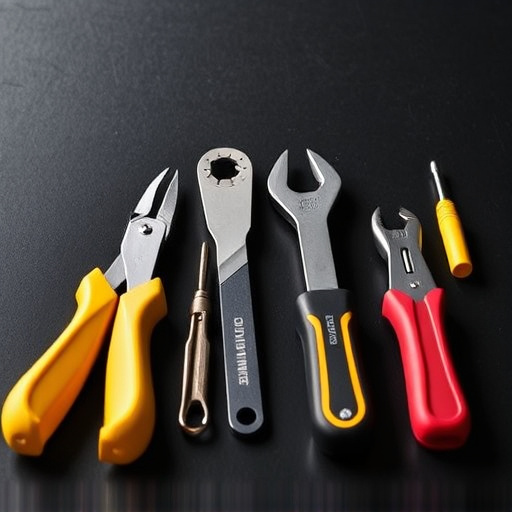
Diagnosing common issues with Tesla vegan leather is an essential first step in any repair process. This type of synthetic material is sensitive to various environmental factors and can quickly deteriorate if not maintained properly. Cracking, peeling, fading, and discolouration are some of the most frequent problems that owners may encounter. Cracks often appear as tiny lines or fissures, spreading across the surface, while peeling reveals a separation between the top layer and the backing material. Over time, the colour may fade, turning from its original vibrant hue to a duller tone, or discolouration spots might emerge due to exposure to sunlight or heat.
Proper diagnosis is crucial for effective Tesla vegan leather repair. Auto body repairs experts often inspect the damage, considering factors like age, usage, and environmental conditions. Car paint repair techniques can be applied to restore the material’s integrity, but it requires using only approved products to ensure a long-lasting fix. Using the right tools and materials for car body repair is essential to prevent further deterioration and maintain the aesthetic appeal of Tesla’s vegan leather interior.
Step-by-Step Repair Guide Using Approved Products
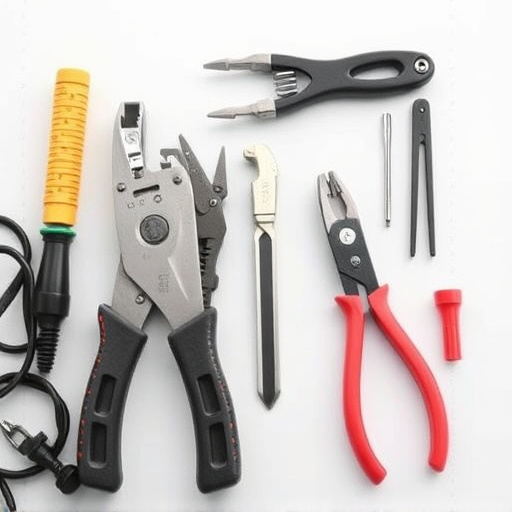
Repairing your Tesla’s vegan leather isn’t as daunting as it seems. With the right products and a systematic approach, you can restore your car’s interior to its original state. Here’s a step-by-step guide to help you with a Tesla vegan leather repair using approved products only. Begin by cleaning the damaged area thoroughly using a mild detergent and a soft cloth. This ensures that any existing debris or dirt won’t interfere with the adhesive bond.
Next, prepare the surface by lightly sanding it to create a slightly rough texture, which will enhance adhesion. Use a fine-grit sandpaper and apply a thin layer of primer specifically designed for vegan leather. Allow this to dry completely before applying the repair kit. Choose an approved product that matches your Tesla’s color accurately. Follow the manufacturer’s instructions for mixing and applying the compound, then use a clean tool to smooth it out until it blends seamlessly with the surrounding leather. For more complex damages like tears or punctures, consider seeking professional assistance or consulting with a specialized car restoration expert.
Repairing your Tesla’s vegan leather is a viable and sustainable option, ensuring your vehicle maintains its premium look and feel. By understanding the material, diagnosing issues early, and using approved products as outlined in this guide, you can effectively address common problems like scratches, tears, and discoloration. Remember, proper care and timely repairs are key to preserving the integrity of Tesla’s vegan leather interior for years to come. For efficient Tesla vegan leather repair solutions, stick to trusted methods and materials.
